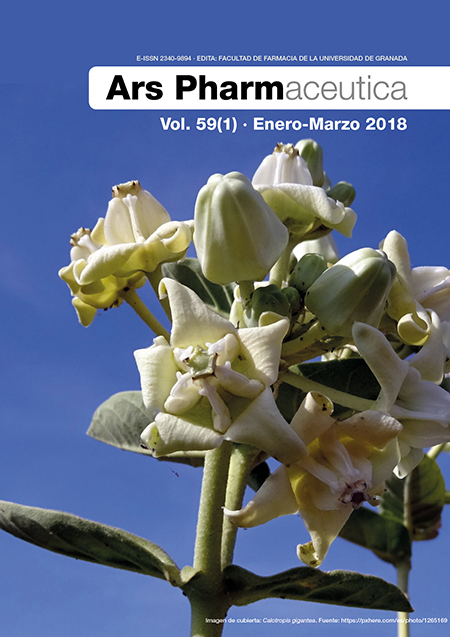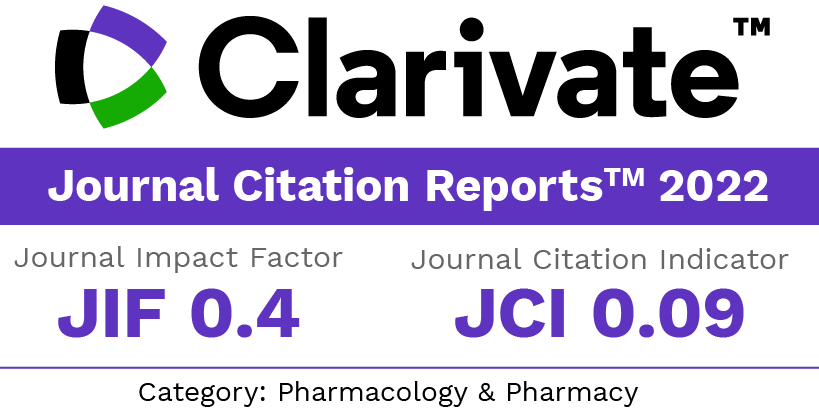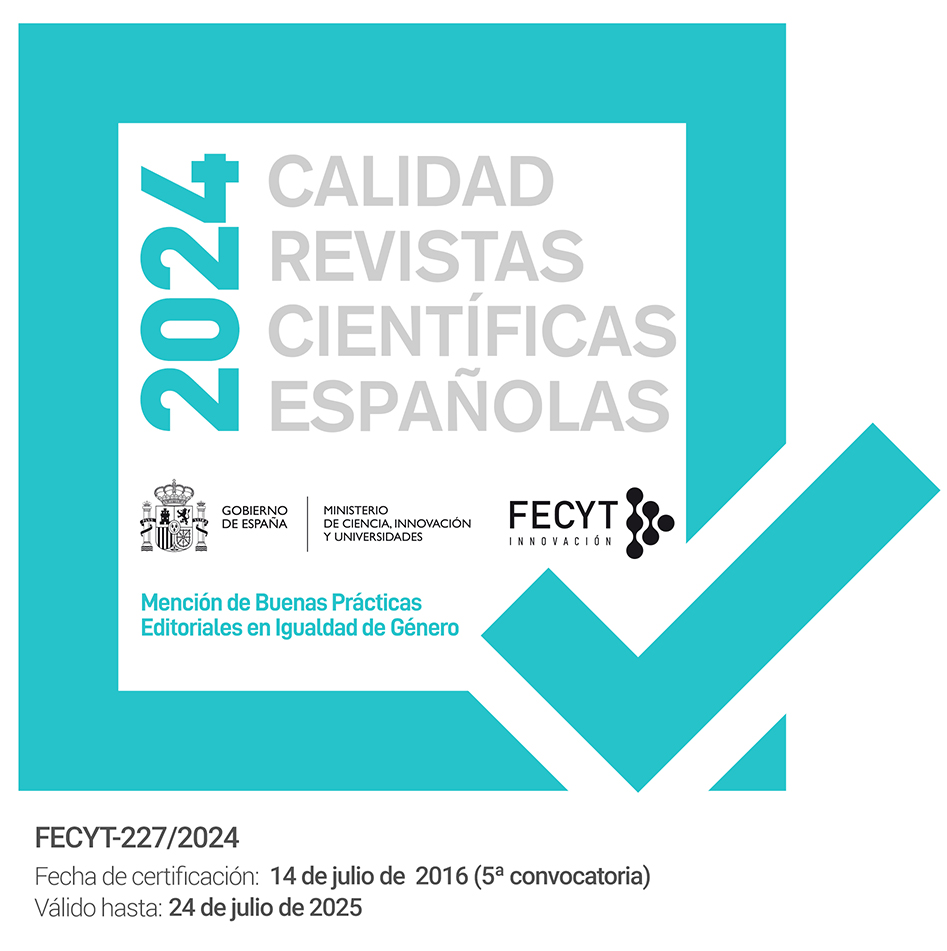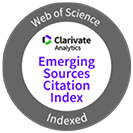Heparin and enoxaparin dossiers review: Non-compliance of the Costa Rican regulation for the sanitary registration of pharmaceutical biosimilars
DOI:
https://doi.org/10.30827/ars.v59i1.7277Keywords:
Biosimilar pharmaceuticals, heparin, enoxaparinAbstract
Objective: To determine the essential aspects of the Costa Rican regulation concerning the sanitary registration of biosimilars and to compare them with the information provided in the dossiers of laboratories manufacturing heparin and enoxaparin.
Methodology: The regulation for the Registration and Control of Biological Drugs: RTCR 440: 2010 was reviewed. Subsequently, the dossiers sent by the manufacturers were requested, and their information was compared with the data requested by the previous regulation. Finally, the importance of this information was evaluated.
Results: The national regulations require chemical, pharmaceutical and biological information on the finished pharmaceutical product, results on safety and efficacy, administrative data and legal documentation. For biosimilars, the biosimilitude exercise and a pharmacovigilance plan must be presented. This information is not available in its entirety in the reviewed dossiers.
Conclusions: The products reviewed do not meet the requirements of the Costa Rican regulations regarding the biosimilitude exercise. Therefore, they were not submitted for their drugs’ applications before the Ministry of Health of Costa Rica.
Downloads
References
Tejerina T, Medina U. Fármacos Biotecnológicos, Biosimilares, Bioequivalentes. Actualidad en Farmacología y Terapéutica. 2012; 10(4): 233-238.
European Medicines Agency. Lo que debe saber sobre los medicamentos biosimilares Londres: EMA; 2013.
Avalos BR. Bring on the Biosimilars! Biol Blood Marrow Transplant. 2015; 21(11): 1859-1860. DOI: 10.1016/j.bbmt.2015.09.010
Hughes DA. Biosimilars: Evidential Standards for Health Technology Assessment. Clin Pharmacol Ther. 2010; 87(3): 257-261. DOI: 10.1038/clpt.2009.112
Minghetti P, Rocco P, Del Vecchio L, Locatelli F. Biosimilars and Regulatory Authorities. Nephron Clin Pract. 2011; 117(1): c1-c7. DOI: 10.1159/000319640
Olech E. Biosimilars: Rationale and current regulatory landscape. Semin Arthritis Rheum. 2016; 45: S1-S10. DOI: 10.1016/j.semarthrit.2016.01.001
Reglamento de Inscripción y Control de Medicamentos Biológicos RTCR 440:2010. La Gaceta 59 (22 marzo 2012).
Mysler E, Pineda C, Horiuchi T, Singh E, Mahgoub E, Coindreau J et al.. Clnical and regulatory perspectives on biosimilar therapies and intended copies of biologics in rheumatology. Rheumatol Int. 2016; 36: 613-625. DOI: 10.1007/s00296-016-3444-0
Rugo HS, Linton KM, Cervi P, Rosenberg JA, Jacobs I. A clinician´s guide to biosimilars in oncology. Cancer Treat Rev. 2016; 46: 73-79. DOI: 10.1016/j.ctrv.2016.04.003
Hirsh J, Anand SS, Halperin JL, Fuster V. Guide to Anticoagulant Therapy: Heparin A Statement for Healthcare Professionals From the American Heart Association. Arterioscler, Thromb, Vasc Biol. 2001; 103 (24): 2994-3018. DOI: 10.1161/01.CIR.103.24.2994
Fu L, Suflita M, Linhardt RJ. Bioengineered heparins and heparan sulfates. Adv Drug Delivery Rev. 2016; 97: 237-249. DOI: 10.1016/j.addr.2015.11.002.
Nandurkar H, Chong B, Salem H, Gallus A, Ferro V, McKinnon R. Low-molecular-weight heparin biosimilars: potential implications for clinical practice. Intern Med J. 2014; 44(5): 497-500. DOI: 10.1111/imj.12417
Abad Hernández MA, Andreu JL, Caracuel Ruiz MÁ, Belmonte Serrano MA, Díaz-González F, Moreno Muelas JV. Documento de posicionamiento de la Sociedad Española de Reumatología sobre fármacos biosimilares. Reumatología Clínica. 2015; 11(5): 269-278. DOI: 10.1016/j.reuma.2015.03.009
Reglamento de Inscripción, Control, Importación y Publicidad de Medicamentos. La Gaceta 42 (29 febrero 2000).
Azevedo VF, Mysler E, Aceituno Álvarez A, Hughes J, Flores-Murrieta FJ, Ruiz de Castilla EM. Recommendations for the regulation of biosimilars and their implementation in Latin America. Generics and Biosimilars Initiative Journal. 2014; 3(3): 143-148.
Consejo Internacional de Armonización de los requisitos técnicos para el registro de medicamentos de uso humano. ICH Q5E: Comparability of Biotechnological/Biological Products Subject to Changes in Their Manufacturing Process. Ginebra: ICH; 2003.
Committee for Medicinal Products for Human Use. Guideline on similar biological medicinal products containing biotechnology-derived proteins as active substance: Non-clinical and clinical issues. Londres: EMA; 2014.
Health Canada. Information and Submission Requirements for Biosimilar Biologic Drugs. Ontario: Health Canada; 2016.
European Medicines Agency. Guidelines on Pharmacovigilance for Medicinal Products for Human Use. Londres: EMA; 2008.
Wang YM, Chow AT. Development of biosimilars-pharmacokinetic and pharmacodynamic considerations. J Biopharm Stat. 2010; 20(1): 46–61. DOI: 10.1080/10543400903280357
World Health Organization. Guidelines on Evaluation of Similar Biotherapeutic Products. Ginebra: WHO; 2009.
Committee for Medicinal Products for Human Use. Guideline on similar biological medicinal products. Londres: EMA; 2014.
US Department of Health and Human Services, Food and Drug Administration, Center for Drug Evaluation and Research, Center for Biologics Evaluation and Research. Scientific Considerations in Demonstrating Biosimilarity to a Reference Product: Guidance for Industry. Maryland: FDA; 2015.
Generics and Biosimilars Initiative. Enoxaparin biosimilar or not. http://www.gabionline.net/Biosimilars/General/Enoxaparin-biosimilar-or-not. Consultado enero de 2017.
Mourier PAJ, Agut C, Souaifi-Amara H, Herman F, Viskov C. Analytical and statistical comparability of generic enoxaparins from the US market with the originator product. J Pharm Biomed Anal. 2015; 115: 431–442. DOI: 10.1016/j.jpba.2015.07.038
Harenberg J. Overview on guidelines and recommendations for generic low-molecular-weight heparins. Thromb Res. 2011; 127(Suplemento 3): S100–S104. DOI: 10.1016/S0049-3848(11)70027-5
Mourão PAS, Glauser BF, Vairo BC, Pereira MS. Debate de una Propuesta sobre los Biosimilares de Enoxaparina en Brasil. Arq Bras Cardiol. 2012; 98(1): e11-e14. DOI: 10.1590/S0066-782X2012000100019
Harenberg J, Kalodiki E, Walenga JM. Ensuring safety of biosimilar low-molecular-weight heparins: a consensus statement of the International Union of Angiology. Int Angiol. 2012; 31(2): 101–104.
Minghetti P, Cilurzo F, Franzé S, Musazzi UM, Itri M. Low molecular weight heparins copies: are they considered to be generics or biosimilars? Drug Discovery Today. 2013; 18 (5-6): 305-311. DOI: 10.1016/j.drudis.2012.11.002
Downloads
Published
How to Cite
Issue
Section
License
The articles, which are published in this journal, are subject to the following terms in relation to the rights of patrimonial or exploitation:
- The authors will keep their copyright and guarantee to the journal the right of first publication of their work, which will be distributed with a Creative Commons BY-NC-SA 4.0 license that allows third parties to reuse the work whenever its author, quote the original source and do not make commercial use of it.
b. The authors may adopt other non-exclusive licensing agreements for the distribution of the published version of the work (e.g., deposit it in an institutional telematic file or publish it in a monographic volume) provided that the original source of its publication is indicated.
c. Authors are allowed and advised to disseminate their work through the Internet (e.g. in institutional repositories or on their website) before and during the submission process, which can produce interesting exchanges and increase citations of the published work. (See The effect of open access).























